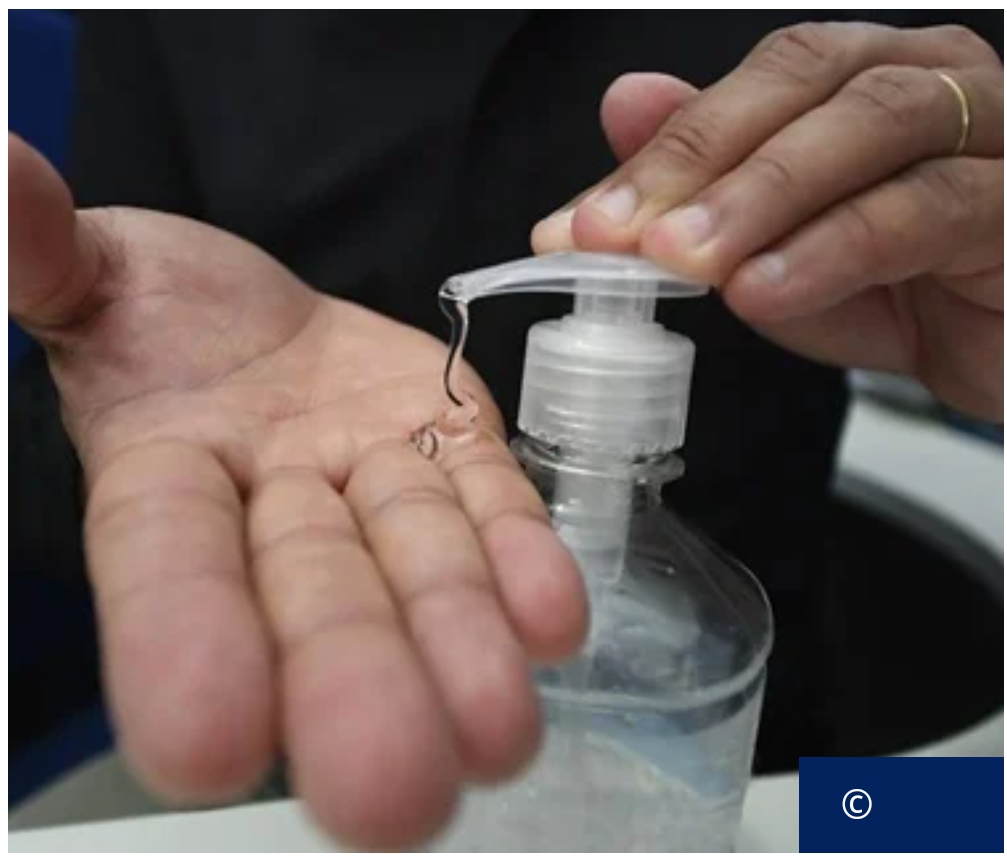WHO Marks World Hand Hygiene Day with Global Call to Reinforce Hand Hygiene and Curb Misuse of Medical Gloves.
Geneva:
On this year’s World Hand Hygiene Day, the World Health Organization (WHO) is calling on governments, healthcare institutions, and frontline health workers across the globe to renew their commitment to hand hygiene as a fundamental, cost-effective tool to prevent infections and ensure safer, cleaner healthcare environments.
Under the powerful theme “It might be gloves. It is always hand hygiene,” WHO is highlighting the critical need to uphold proper hand hygiene practices—even when medical gloves are used—as an essential part of infection prevention and control (IPC) strategies.
Hand Hygiene Saves Lives—and Money
Backed by strong evidence, WHO emphasizes that every US$1 invested in hand hygiene returns up to US$24.6 in economic benefits, through reduced healthcare-associated infections (HAIs), lower antimicrobial resistance, and improved patient outcomes. Despite this, 2 in 5 healthcare facilities worldwide still lack basic hand hygiene services at the point of care—leaving an estimated 3.4 billion people at risk of infection.
“Medical gloves can reduce the risk of infection, but they are never a replacement for hand hygiene,” said Dr. Bruce Aylward, WHO Assistant Director-General for Universal Health Coverage and Life Course. “On this World Hand Hygiene Day, let us double down on our commitment and action to improve hand hygiene in healthcare settings to ensure the safety of patients and health-care workers.”
Improper Glove Use Increases Risk and Waste
While gloves play an important role in preventing infection, WHO warns that improper or excessive use can do more harm than good. Gloves can become contaminated just like bare hands, and wearing them for prolonged periods, or between patient interactions, contributes to cross-contamination and undermines hygiene protocols.
Moreover, glove misuse is a significant source of avoidable health-care waste. For instance, an average university hospital in a developed country produces over 1,634 tons of healthcare waste annually—the equivalent of more than 360 African elephants—with a large share attributed to improper glove usage. Most used gloves are classified as infectious waste and require high-temperature incineration or specialized treatment, placing additional stress on waste management systems and harming the environment.
WHO’s Call to Action
To address these challenges, WHO urges national policymakers, healthcare institutions, and professionals to implement the following actions:
- Establish hand hygiene compliance as a national health system performance indicator by 2026, in line with the Global Action Plan on IPC (2024–2030);
- Align national IPC efforts with WHO’s global guidelines on hand hygiene in healthcare;
- Train healthcare workers on the appropriate use of gloves and reinforce the “5 Moments for Hand Hygiene” framework;
- Reduce unnecessary glove use to cut down on healthcare waste;
- Ensure access to good-quality gloves and adequate hand hygiene resources at the point of care.
WHO reiterates that while gloves are an important protective tool, they are not foolproof. The cornerstone of infection prevention remains hand hygiene, which must be performed at the right moments—before and after patient contact, before aseptic procedures, after body fluid exposure, and after contact with patient surroundings.
“It might be gloves. It is always hand hygiene.”
This year’s slogan serves as a reminder that gloves are not a substitute but a supplement to clean hands. WHO calls on the global health community to act decisively to embed hand hygiene as a permanent fixture in health systems—protecting both healthcare workers and the patients they serve.




